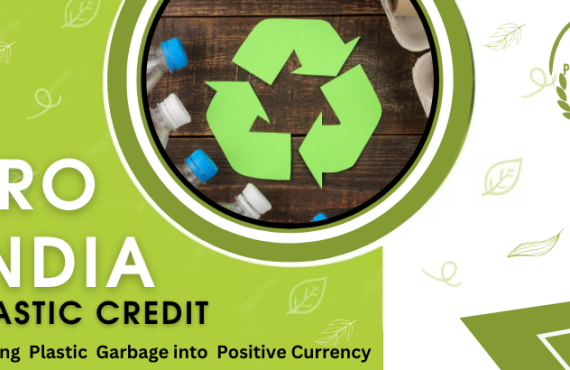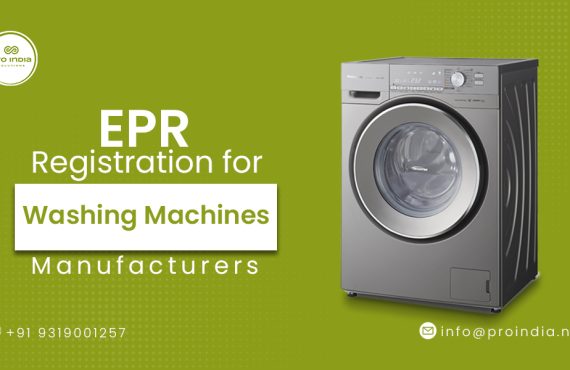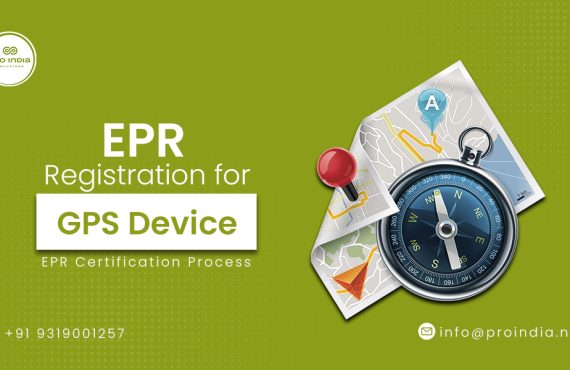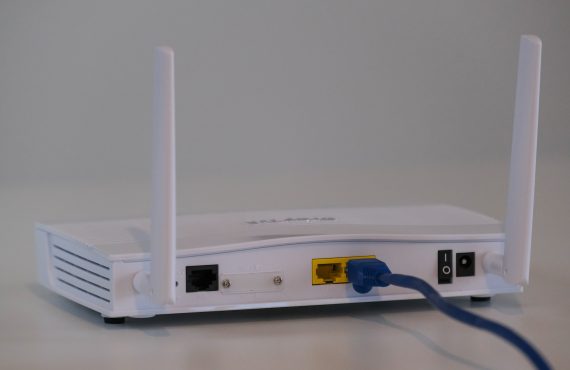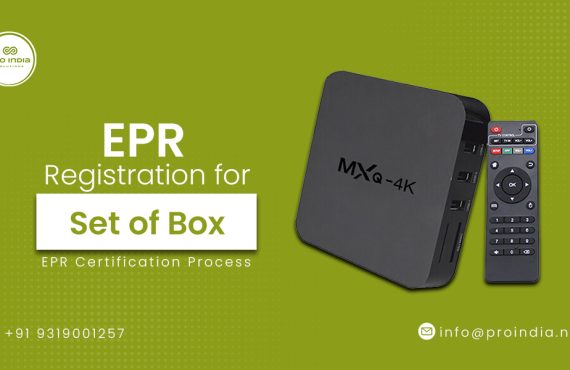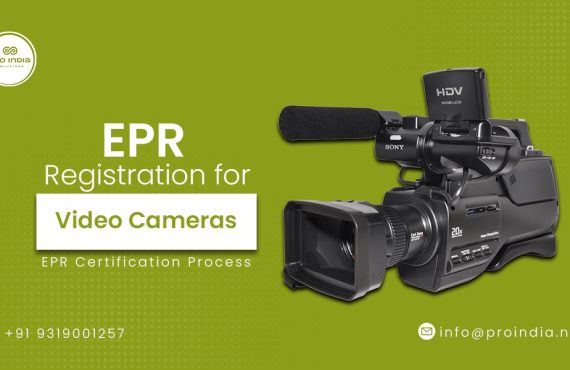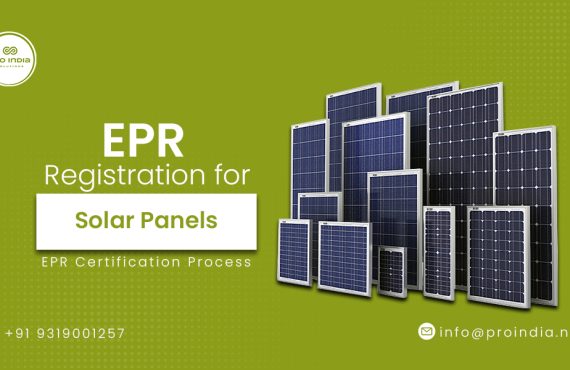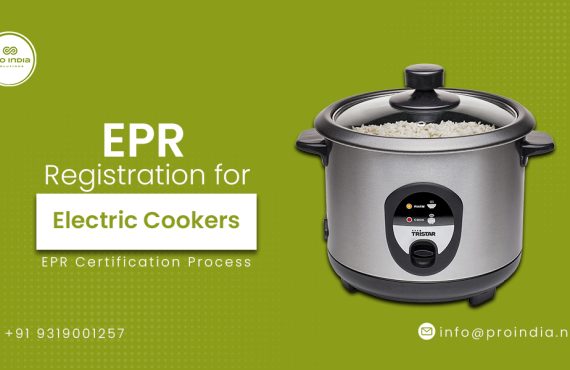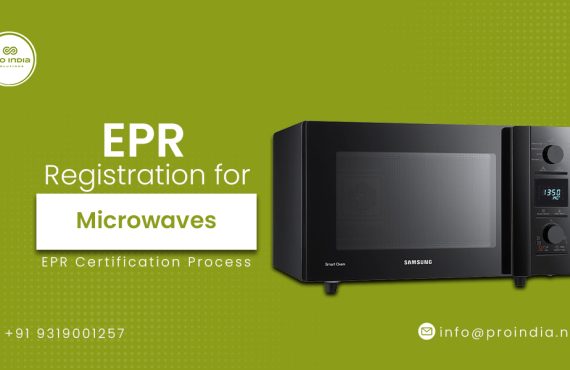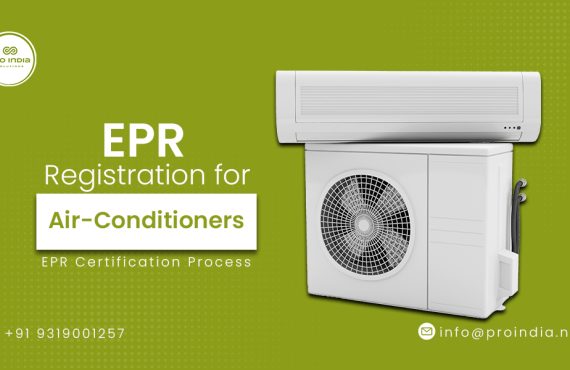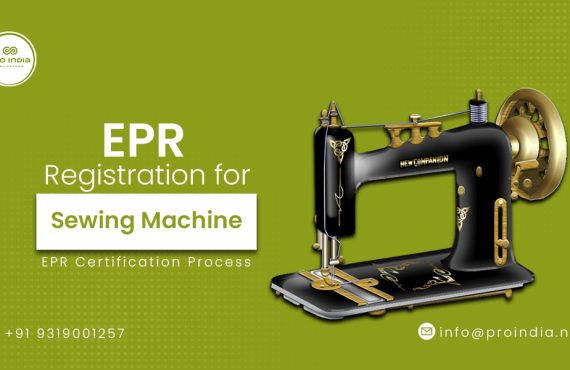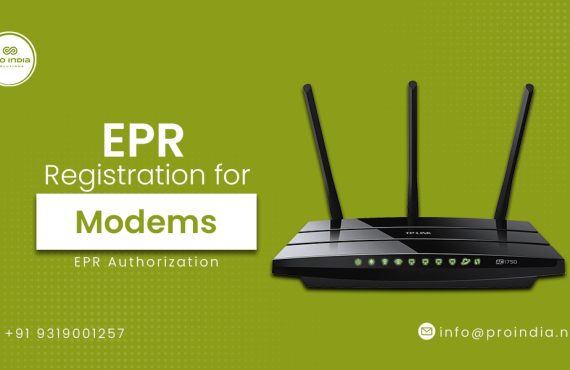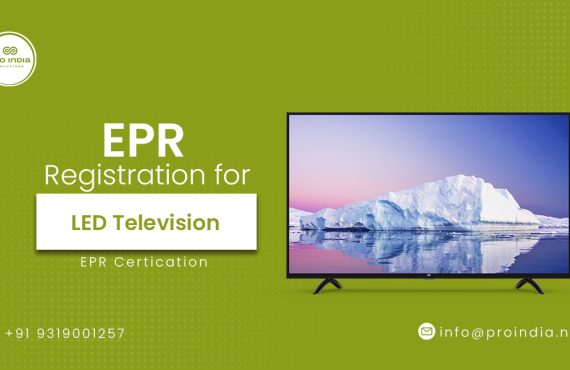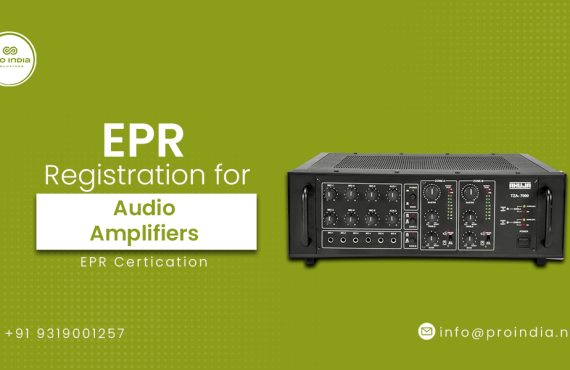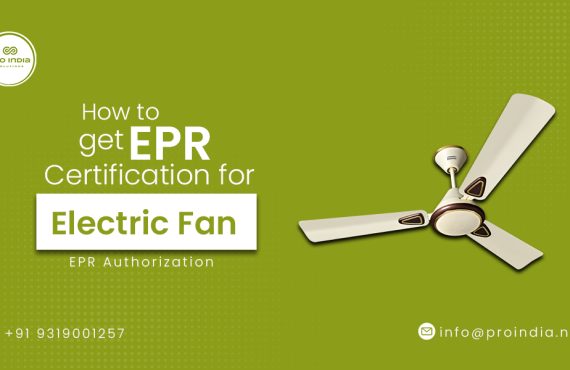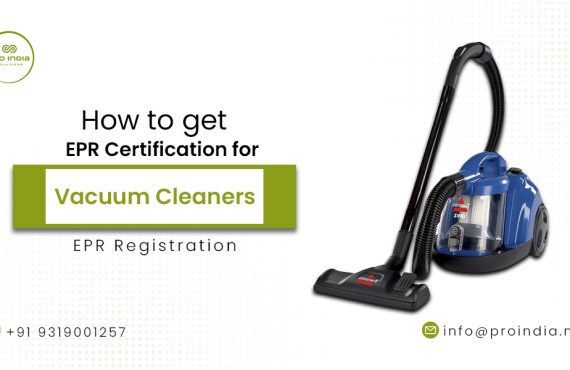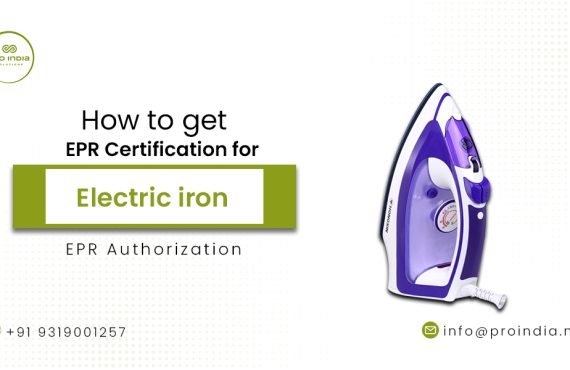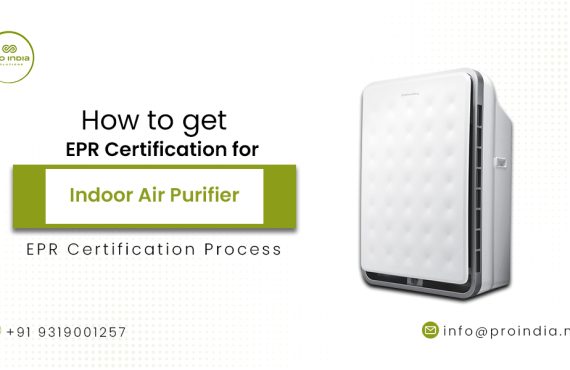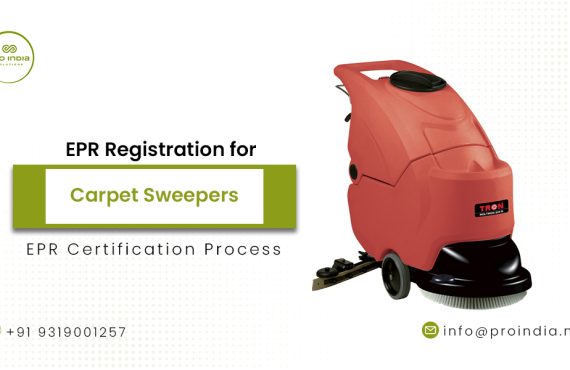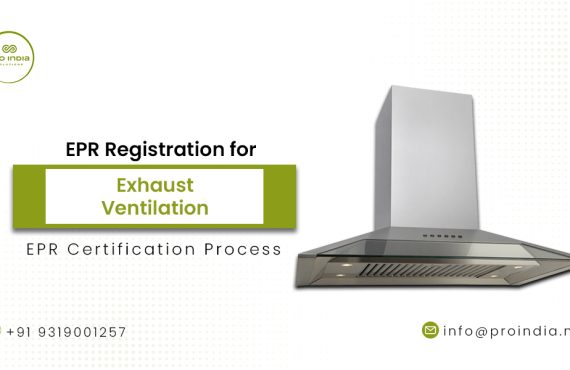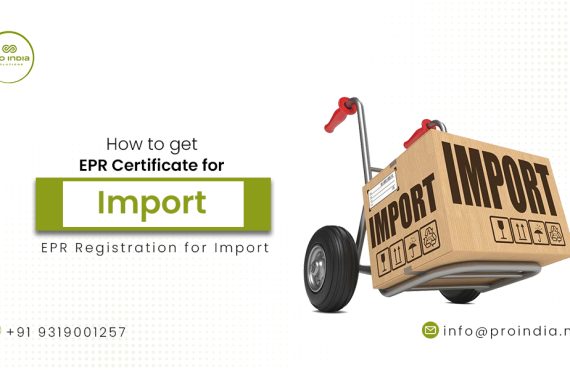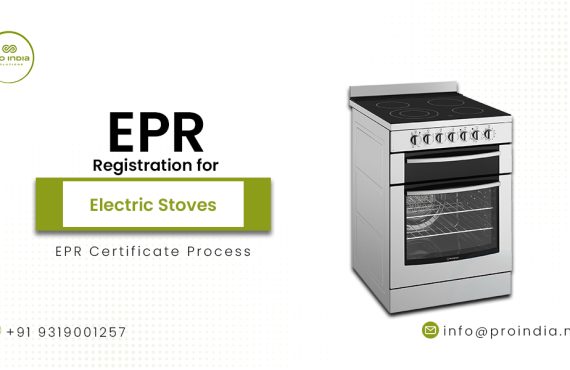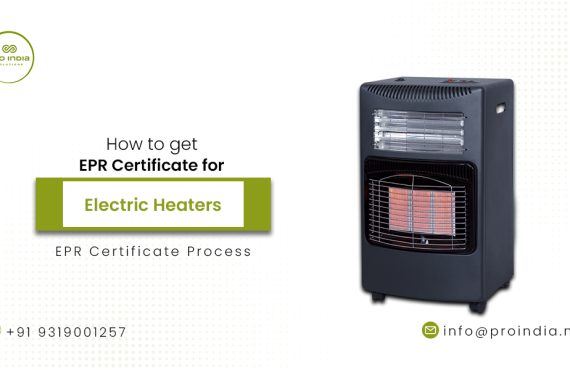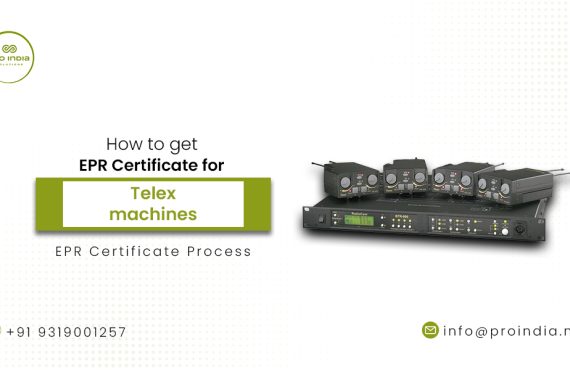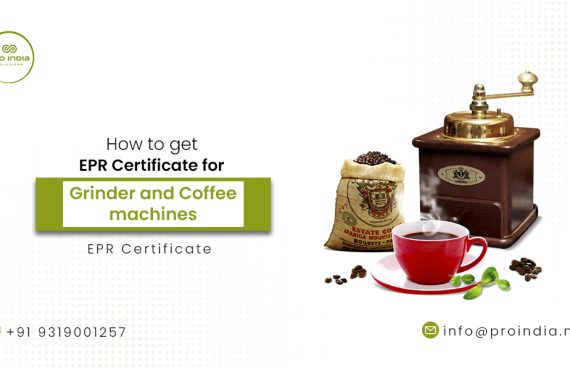Instruction :
The use of renewable energy sources is expanding significantly in the quickly changing world of today. Direct current (DC) power supplied by solar panels or wind turbines must be transformed into alternating current (AC) power that is acceptable for human consumption by means of inverters. Obtaining an EPR certification is crucial to guarantee the security, effectiveness, and compatibility of inverters with the electrical grid. You will receive a thorough explanation of the procedures, prerequisites, and advantages of obtaining EPR certification for inverters in this blog article, along with a list of resources you may use.
Understanding EPR Certification :
- Before diving into the certification process, it’s important to understand what EPR Registration entails. EPR is a regulatory framework implemented in various countries to ensure that electrical products, including inverters, meet specific safety, performance, and compatibility standards. EPR certification verifies that inverters comply with these standards, enabling them to be legally marketed and used in a given jurisdiction.
Researching EPR Certification Standards :
- The first step towards obtaining EPR certification is to thoroughly research the specific standards and regulations that apply to inverters in your target market. These standards may vary from country to country or region to region. Some common standards include those set by the International Electrotechnical Commission (IEC), such as IEC 62109-1 for safety, IEC 61683 for grid connection, and IEC 61000 for electromagnetic compatibility.
Preparing Documentation and Testing :
- Once you have a clear understanding of the certification standards, the next step is to gather the necessary documentation and conduct testing. This may include technical specifications, design documentation, test reports, and other relevant information. Collaborating with a qualified testing laboratory or certification body can be invaluable during this phase, as they can guide you through the testing procedures and requirements.
Application Submission and Evaluation :
- After compiling the required documentation, you can submit your application for EPR certification to the designated regulatory body or certification agency. The evaluation process typically involves a thorough review of your documentation, including test reports, technical specifications, and compliance statements. The regulatory body may also conduct on-site inspections or additional tests to ensure compliance.
Compliance Resolution :
- In case any non-compliance issues are identified during the evaluation process, it is essential to address them promptly. This may involve modifying the design, retesting, or providing additional documentation to demonstrate compliance. Working closely with the certification body can help you navigate this phase effectively and ensure that your product meets all the necessary requirements.
Obtaining the EPR Certification :
- Once your product successfully meets all the necessary compliance standards, you will receive the EPR certification. This certification validates that your inverter has undergone rigorous testing, complies with safety regulations, and is suitable for use within the specified jurisdiction. It not only enhances the marketability and credibility of your product but also assures customers of its quality and reliability.
Conclusion :
Obtaining EPR certification for inverters is a critical step to ensure their safety, performance, and compatibility with the electrical grid. By following the steps outlined in this comprehensive guide, you can navigate the certification process effectively and acquire the necessary certification to market and use your inverters legally. Remember, collaboration with a qualified testing laboratory and staying up-to-date with the latest standards and regulations in your target market are essential for a smooth certification journey. By achieving EPR Authorization, you not only adhere to legal requirements but also gain a competitive advantage in the renewable energy market, instilling trust and confidence in your product among consumers and industry stakeholders.
Contact our experts now to meet your compliance requirements


